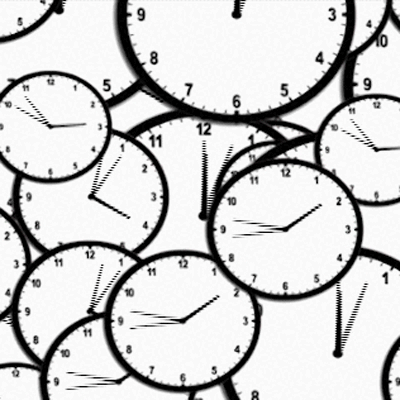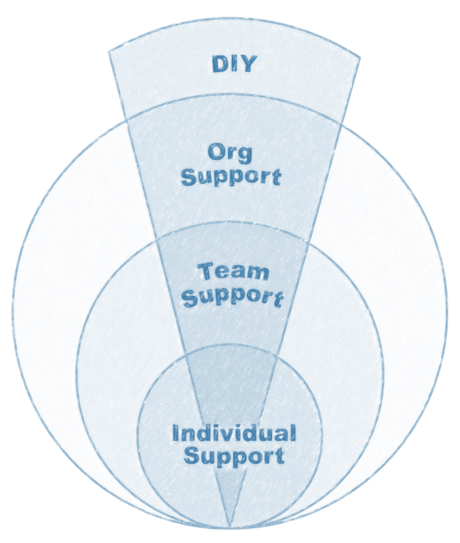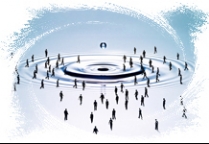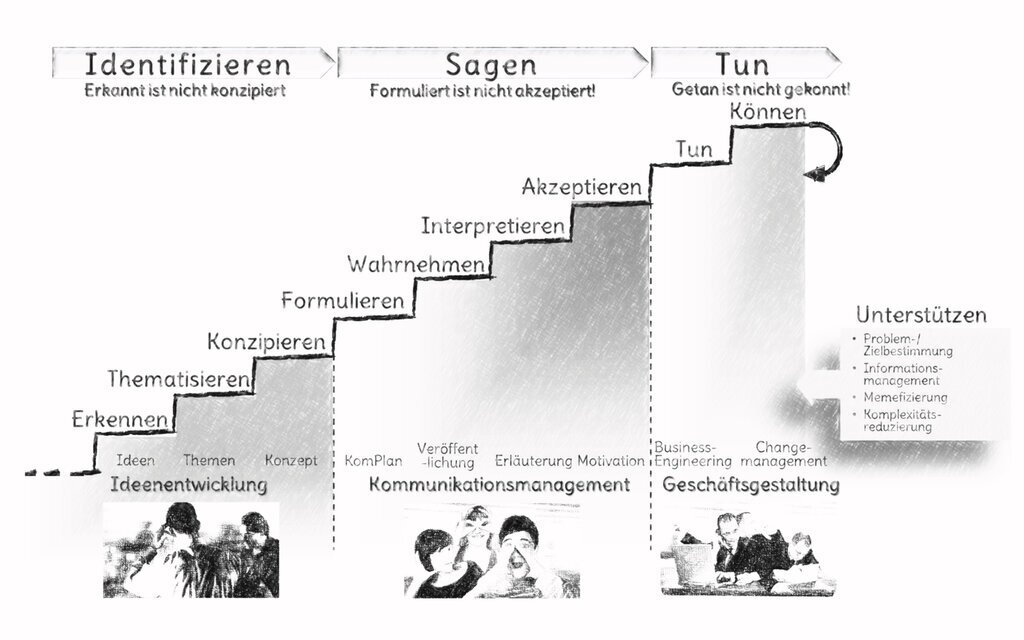What concerns you
All organizations, areas, departments, teams, and projects, as well as their responsible managers, focus on the technical solution. However, implementation can only succeed if the basic framework conditions are in place:
The profile (Context, actions, skills, beliefs, roles, and affiliation)
It is primarily used for the self-image that you know best. At the same time, it can also be used to describe target groups such as customers and stakeholders.
The business model (Deliverables concept, Earning model, Value creation, organization, partners, customers, resources, communication, and coordination)
It is used to illustrate a business or a function in an enterprise.
The future (Vision, Mission, Critical Success Factors, Value disciplines, SWOT, Strategic orientation, Strategic goals, and the Strategic core)
It is developed coherently to describe alternative scenarios of the future.
The everyday hurdles of daily routines prevent people from dealing with these conditions.
Everyday hurdles
The more responsibilities and contacts you manage, the more the pressure increases. You are repeatedly discouraged by the same obstacles that prevent you from implementing your ideas coherently.

There is not enough time
With the right support, you can minimize the time required to get started.
With the right support, you can minimize the time required to get started.

The approach is unclear
Proven, simple models and processes create peace of mind, allowing you to concentrate on the essentials: your business.

Employees and partners question everything
Get your ideas into the minds of your target groups and ensure that you are understood. The target group commits to cooperation and ultimately becomes an active co-creator.
You know your business better than anyone else. At the same time, you become lost in the technical details and struggle to find a way forward. You don’t need coaches and consultants to take over partial tasks for you. What you need is holistic support, a personal partner who takes care of aspects beyond your core business and ensures that all the components eventually fit together.
Everything you need now

The solution
Support =
Coaching + Consulting + Training
Thinking systemic
Raising awareness of interrelations
A system
- Is a whole defined by the difference from its environment,
- consists of subsystems that include subsystems,
- is part of an environment,
- has a defined limit and
- also consists of networked elements.
Within the system
- relationships exist between elements (e.g., individual parts, components, and subsystems),
- that influence each other,
- change constantly and create spontaneous patterns and
- generate the overall behavior of the system.
The behavior of the system is characterized by
patterns, rules, openness, effect flows, and the ability to learn.
- Mental and material patterns create a visible order that helps one to orient oneself, fill in the gaps, and understand the system.
- Regulations influence the behavior of the system and reduce complexity.
- The permeability of boundaries determines the openness of a system. On the one hand, it lives from the interactions of its subsystems and, on the other, from the context energy that permeates its borders.
- The internal and external interactions lead to effect flows that spread through the system, continuously changing it and even the environment.
- Systems evolve through their purpose- and goal-oriented learning ability.
Our brain is a powerful organ that controls our bodily functions and our consciousness throughout our lives. However, we can only consciously process a few chunks at a time. A chunk is the bundling of information into meaningful units. We can process seven chunks, plus or minus two, at a time in our short-term memory. For example, a chunk arises by bundling seven digits 0 0 1 1 1 2 9 into the meaningful date, September eleventh, two thousand one. Systemic thinking enables us to use the available capacities more effectively through system models. Systemic thinking follows four steps:
- Set topic
- Outline system
- Review the system
- Set-up measures
Guiding principles
Designing meaning
Conveying content
Felt is not recognized - recognized is not thematized - thematized is not drafted - drafted is not formulated - formulated is not perceived - perceived is not understood - understood is not agreed - agreed is not done - done is not known.
Setting impulsion
Create momentum
Change starts in the mind
We make to ourselves images of facts (Ludwig
Wittgenstein, TLP 2.1) that open up new possibilities through mental
restructuring.
- Rethinking experiences/memories
The past lives on in the lessons we have learned from previous activities. Rethinking them means rewriting history.
- Externalize values
The measure of everything is our evaluation that resonates beneath the surface. Expressing these ideas promotes discourse.
- Developing beliefs
Our thought patterns determine our actions. We have no choice but to adapt to the dynamic environment.
- Interpret information
We all have our dictionaries. A common understanding must be acquired.
As part of their job, those responsible find it
difficult to think outside the box.
Applying building blocks
Reliable reuse
Models
Creating impact
Simple, clear, flexible
First, clarify what you want. Find allies within your company. Work together to develop differences that make a difference.
You have everything you need.
If you still feel unsure, don't hesitate to get in touch. You will receive personal support to help you explore all the options (Self-image), establish a Functional, Integrated, and Transparent Business model, and combine your strengths in a consistent direction (Strategy). Sitting it out will hurt you personally. This mindset inevitably leads to decline and is more like detention than mastery.
Continuous change and natural diversity are the foundations for change.
Globalization makes business multi-cultural.
Transparency increases efficiency by minimizing resistance.



























